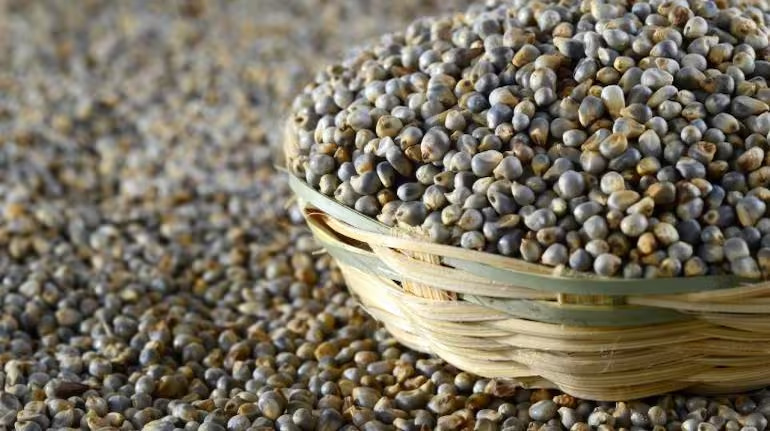A host of dietary changes are required to stay healthy in winter. Incorporating certain types of superfoods is crucial for sustaining overall wellbeing and vitality in this season. One such nutritive dynamo is bajra, also known as pearl millet. It is a resourceful grain that provides numerous health benefits. Here we will understand how pearl millet enhances our overall health and wellbeing, especially in winter.
Bajra is an exceptional source of complex carbohydrates, that leads to a sustained release of energy into the body. In winter, our bodies require warmth, hence eating bajra can be beneficial. This superfood aids in fighting against winter lethargy and ensures energy in the body during the day. In winter, people often indulge in hearty meals, that can cause digestive issues. However, the high fiber content found in bajra encourages healthy digestion. Including this superfood in the winter diet helps in averting constipation, improves gut health, and reduces stomach discomfort. Bajra is packed with essential minerals, such as iron and magnesium. Iron is essential for sustaining optimum levels of hemoglobin, and avoiding winter-triggered anemia and lethargy. Meanwhile, magnesium improves bone and muscle health and ensures that people stay active and alert even in the colder months of winter.
In winter, vulnerabilities related to gluten are more frequent among people. Bajra does not have gluten content that makes it a perfect choice for people who are sensitive to gluten or suffer from celiac disease. Bajra has a nutty flavor to it, that adds a unique touch to several dishes. Exposure to environmental aggravators like pollution and dry, cold air shoots up in winter causing oxidative stress in the body. Bajra is rich in antioxidants that help fight against free radicals, and enhance overall wellbeing. This superfood also supports the immune system. Bajra not only provides a wide variety of nutritional benefits, but it also strengthens the body to fight against challenges people face in winter.










